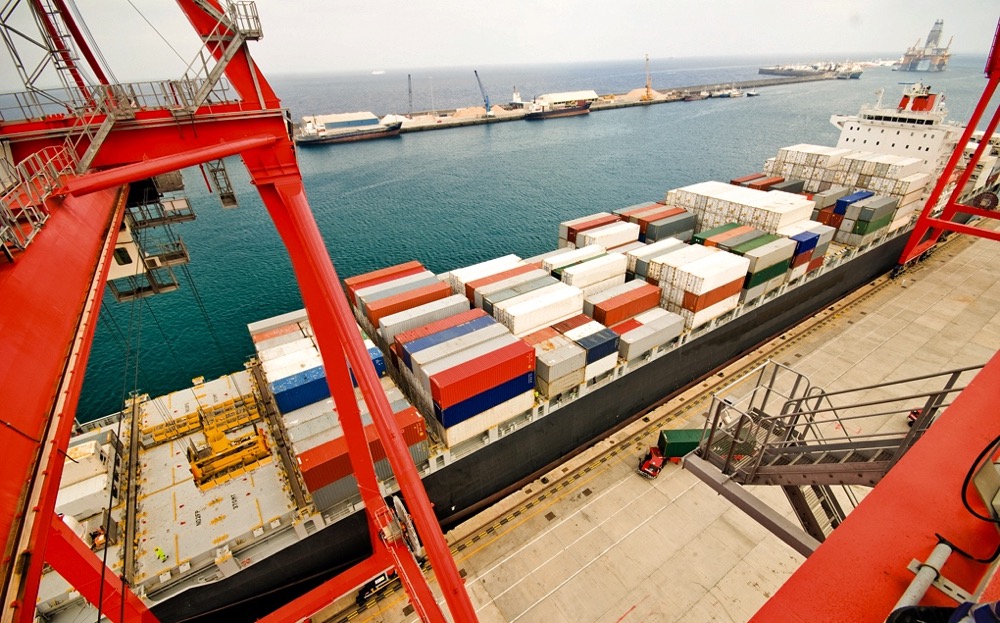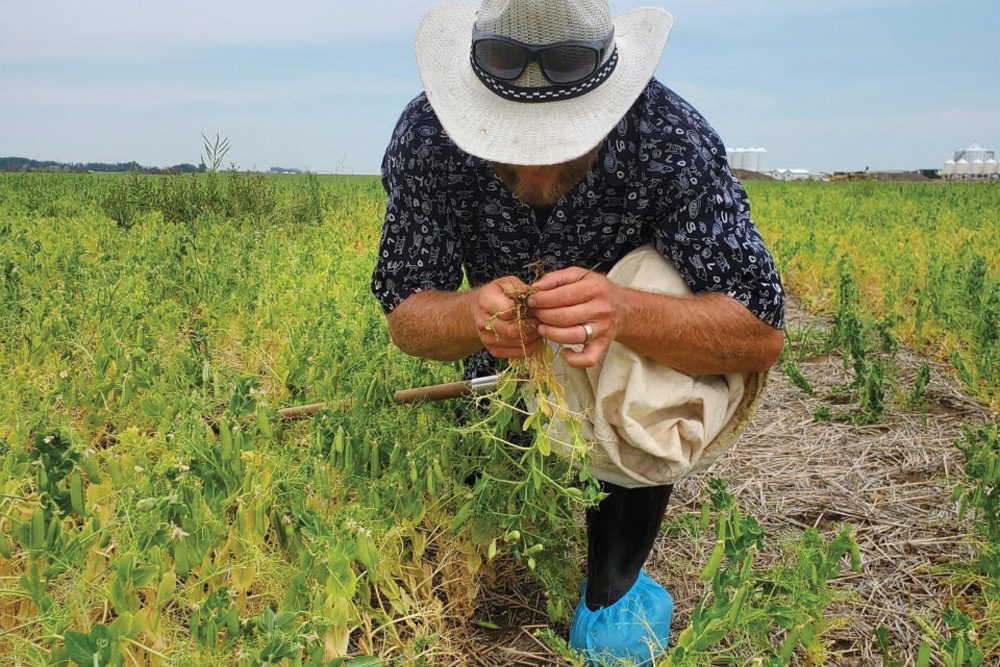The supply of shipping containers is a little less tight — but the problem isn’t fixed and could flare up again this fall, says an official with Pulse Canada.
Rates peaked last autumn, then started rising again in the new year before finally beginning a steady downward trend in February, according to the World Container Index. Its composite index (a blend of different routes) was US$7,500 on June 16, a drop of more than a quarter from the September peak of more than $10,000.
But that’s still well above year-ago levels.
Read Also

Cervid harvest preserves to be developed in the province under Bill 10
The Government of Alberta has given approval for creation of cervid harvest preserves.
“The underlying issues that we’ve faced for the past two years around the availability of containers for export remain,” said Greg Northey, Pulse Canada’s director of industry relations. “Anybody who is trying to move product is still facing a lot of the same headwinds that we had before around getting access to containers and getting vessels to move those containers.”
Demand is typically lower at this time of year as the bulk of grain has already been shipped (and last year’s crop was a small one). But it’s not just grain that’s been impacted, said Northey.

“There are all kinds of products — food products, wood products, metal products — that are facing disruptions. One of the main issues is cost,” he said. “The prices now are still two to three times higher than they were prior to 2020.”
Global shipping lines are making fewer empty containers available in Canada.
“They have a preference to move empty containers from Canada back to Asia — China particularly — to have them filled with consumer goods from China to come back to North America,” said Northey.
“It’s a more profitable move for them to have the container go back empty rather than make it available for export for Canadian exporters.”
That may seem counterintuitive but the logistics of getting containers to where they need to be coupled with the lower backhaul price favours sending containers back empty.
“If you’re a Canadian exporter or shipper and your market just hap- pens to be China, it makes sense for the shipping line to allow that empty container to be filled before going back to China. But if you have a destination that’s not China, that container is going to take a lot longer before it becomes empty and available to send to China,” he said.
“It all comes down to the fact that for a container filled with bicycles from China, they can charge $25,000 for that container to come back to North America, while an export container from Canada that’s going to India is around $3,000 to $4,000.
“From a financial standpoint, it makes a lot more sense to have that empty container moved back to China as quickly as possible to be refilled to come back.”

Canadian exporters have already seen ripple effects from that, including the removal of routes and vessels that normally would have served major markets in India and South America.
“It’s rejigged the whole market that we would have usually relied on for our exports,” said Northey.
“So you’re not able to ship, or you’re only getting about 50 per cent of the capacity that you would usually have, so you’re having to store it and your storage costs go up.
“It just becomes a big drag on trade execution in the sector.”
Pulse Canada is working with other commodity groups, both inside of agriculture and outside of it, to address the impacts on the supply chain.
“We’ve been really trying to generate a lot of information and evidence around how container lines have been conducting business and what kind of impact it’s having in Canada, both in agriculture and a variety of other commodities,” said Northey. “Our long-term goal is to try and create a fair, functioning market on the container side.”
Earlier this spring, the federal government launched a task force on supply chain issues that came out of the pandemic and the Competition Bureau has also joined a group looking at potential anti-competitive behaviour.
“Canada, along with the U.S., the U.K., Australia, and New Zealand, have announced that they’re taking a real look at whether competitive forces are allowed to flourish within the container line industry,” he said. “We’ve already conducted an impact assessment in Canada of what these disruptions have meant for our shippers. So there’s been a lot of activity on our side.”
Northey hopes some progress will be made before this year’s pulse crops are harvested and ready to ship.
“While we are encountering issues now, our big concern is the next crop year,” he said. “If we don’t have the supply chains and container service that we need to move our products around, it’s just going to exacerbate those broader global food security problems.”















